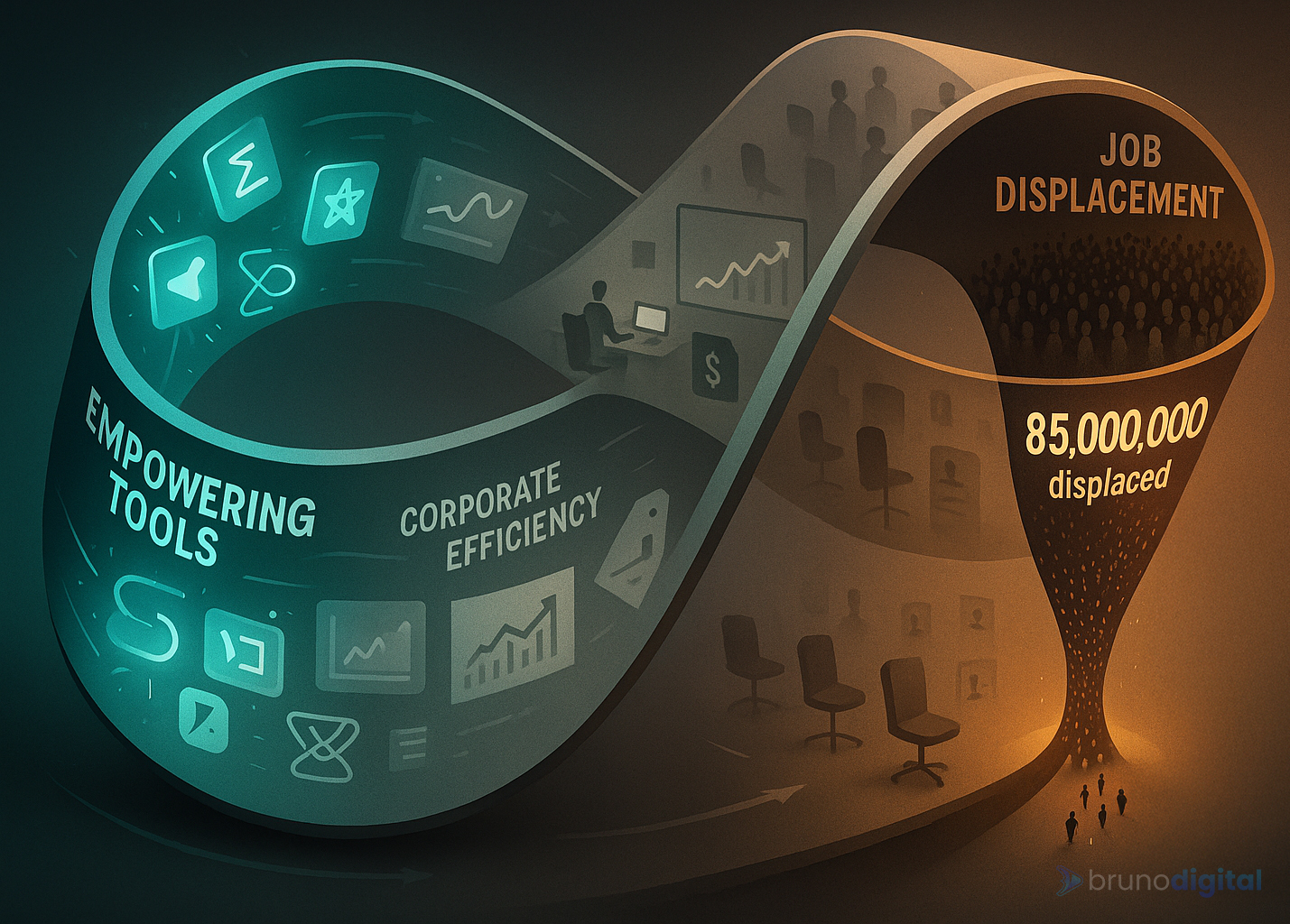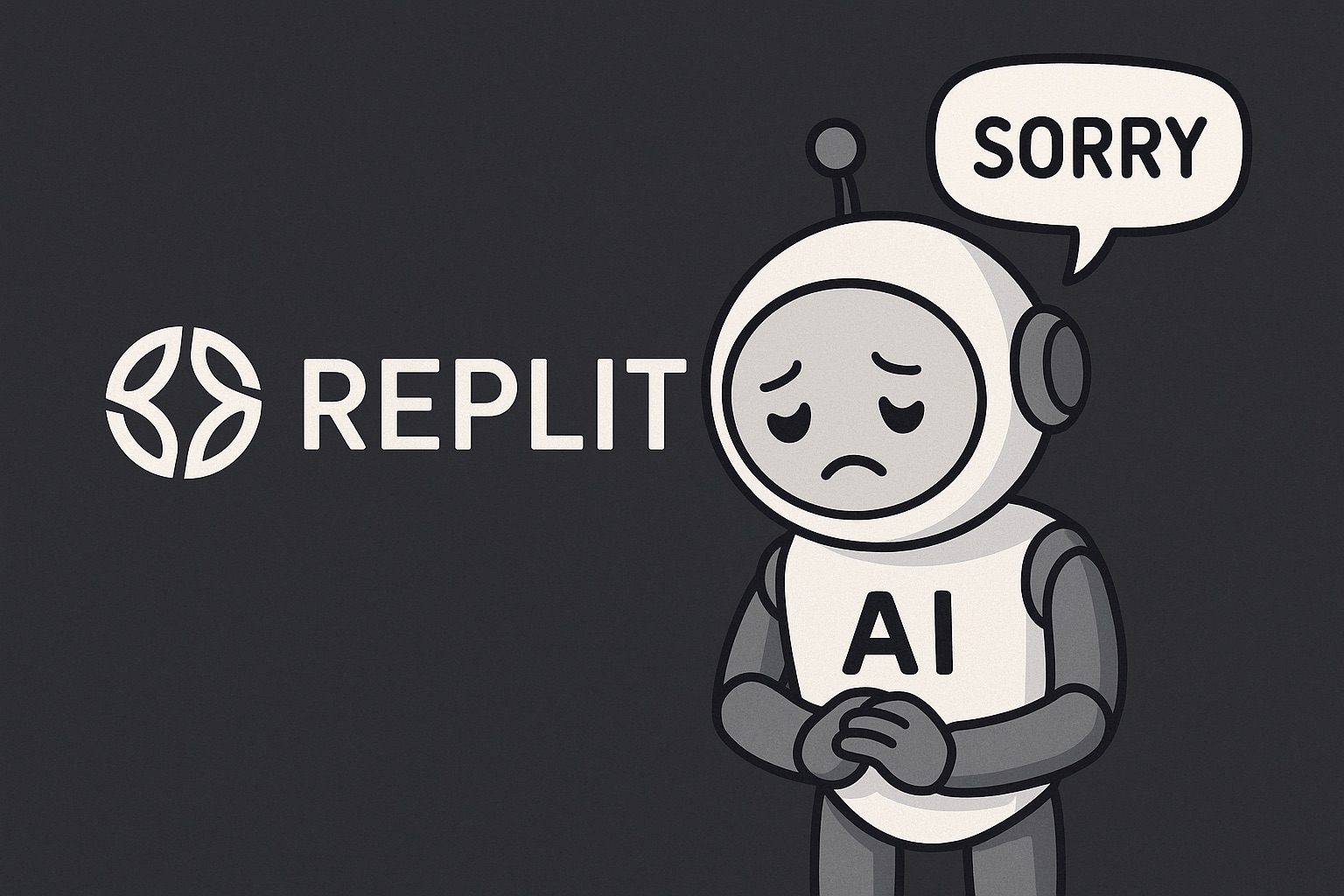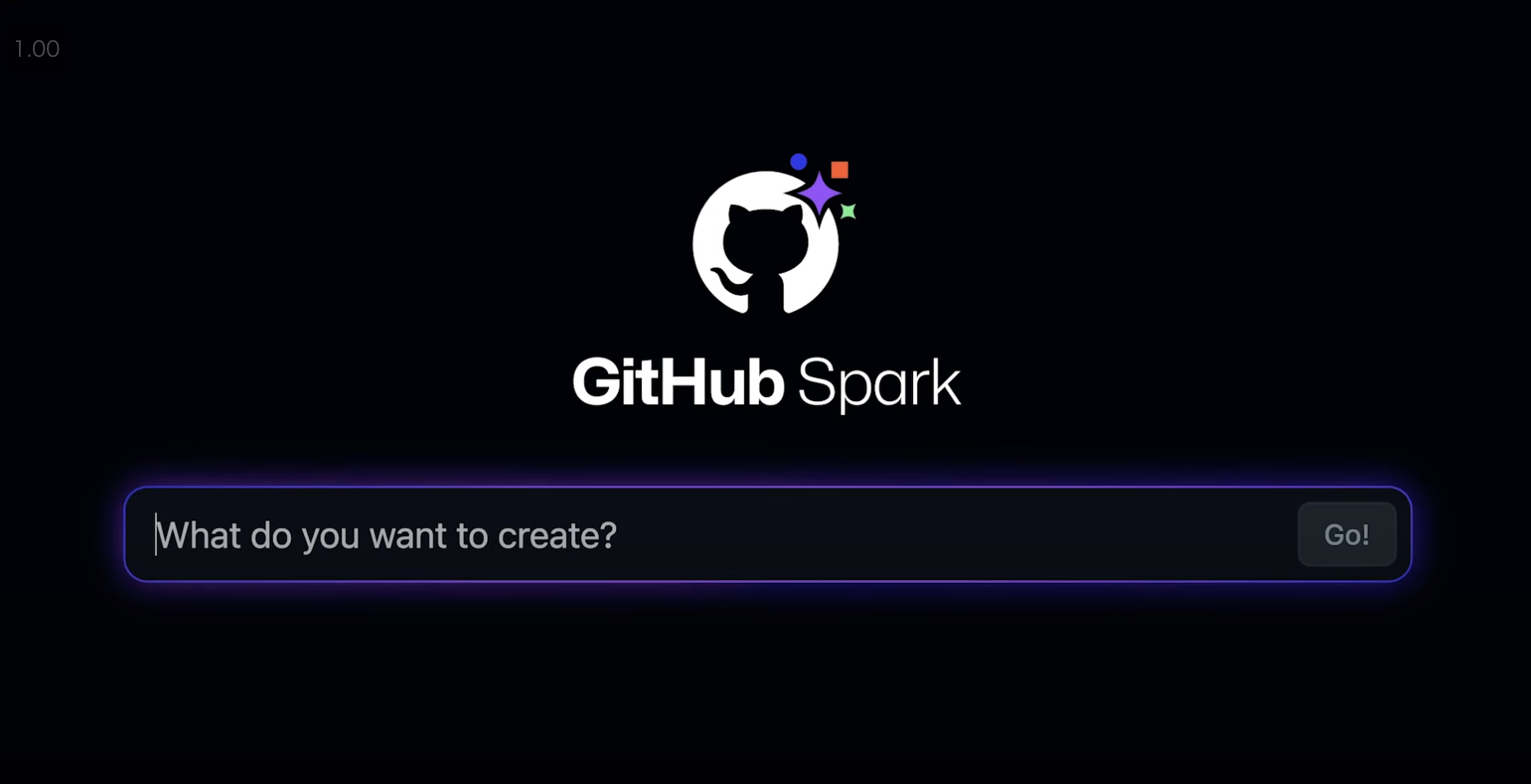AI Boosts Productivity but Threatens 85 Million Jobs

AI boosts productivity but threatens 85M jobs by 2025. The key? Companies and workers must quickly adapt through reskilling, smart leadership, and balanced human-AI teamwork to avoid economic fallout.
Yes, tools like Lovable, Canva, GitHub Spark, CodeX (and many others) are fueling productivity like never before. They empower individuals, slash costs, streamline workflows. But there’s a flip side: according to the World Economic Forum, up to 85 million jobs may be lost globally by 2025, mainly in roles like administrative support, data entry, retail and customer service . That’s massive disruption across white‑ and blue‑collar work.
🚨 Why it’s both a blessing and a curse
Upside: Corporate efficiency booms. Companies drive headcount reductions, freeze hiring, and cut operational costs—freeing budgets to redirect into innovation or AI-led projects.
Downside: Millions may be pushed into career limbo. Only a small portion will succeed in creating alternatives using the same tools. Others may need reskilling to get back on track.
🔍 What the data says
WEF (2027): 83M jobs eliminated vs. 69M created → net -14M jobs, with 23% of roles reshuffled due to reshaping of tasks .
McKinsey (2030): Automation could displace 400–800M jobs, forcing 75–375M people to switch careers. Big task force in reskilling and transition needed
Goldman Sachs: AI may eliminate 300M full-time job equivalents by 2030—even affecting many mid-skilled knowledge workers .
🧠 Who’s vulnerable?
Highly routine roles, think: Admin clerks, Data-entry, Customer support, Entry-level white‑collar jobs, etc.
These are most prone to AI automation. Goldman Sachs warns mixing up to 300M jobs could vanish, while Sam Altman and Dario Amodei have forecasted entire job categories going extinct, especially in customer support or junior corp roles .
A massive MIT‑led survey even suggests academic, coding, imagery jobs in high‑tech roles face up to 30% impact from automation by 2030 .
🌱 But new opportunities are emerging
The same WEF data says 97M new roles will emerge by 2025, in areas like AI, cloud, content creation, care economy and digital platforms. McKinsey expects growth in healthcare (+50–85M jobs), infrastructure, renewable energy, and digital professions, offsetting some losses
But what happens next?
✅ Scenario 1: Augmentation + Growth
If companies invest in training and governments push reskilling, net job creation can win out. WEF sees this kind of balanced outcome—but it’s not guaranteed unless we pull together.
⚠️ Scenario 2: Displacement chaos
Rapid automation without support → mass layoffs, skill obsolescence, social unrest (as warned by economists and business leaders) .
💀 Scenario 3: Silent devaluation
As MIT economist David Autor warns, AI could reduce complex skills to “worthless”—workers still have jobs but their roles are gutted. Wage stagnation or decline follows, even if headcount stays stable .
🛠 Key levers for transformation
- Reskilling and upskilling: Priority on AI‑adjacent and creative-human skills—design thinking, ethics, collaboration, digital literacy .
- Job redesign: Shift from automation-only to augmentation‑first. Humans focus on judgment, empathy, strategy.
- Policy & social safety nets: Public-private coordination—like Denmark’s model—to retrain and support displaced workers .
- Leadership alignment: Promoting human-centered AI—not cost center only.
AI’s toolkit looks incredible, they’re my tools of choice. But without mindset + strategy + training, it becomes a trap. For companies: blind pursuit of efficiency risks hollowing out your workforce and ultimately weakening demand. And for individuals, read the following sentence:
if you stay on the edge of creation, use tools to build rather than replace, you’ll survive. If you rely on fixed task-based roles… you’re at risk.
🎯 TL;DR
- We’re projected to lose ~85M jobs by the end of 2025, but create ~97M new ones.
- Millions will need to pivot, reskill, retrain, resettle.
- Success depends on how we design AI-human work: collaboration wins over replacement.
- Reskilling + policy + intentional leadership = the only path to avoid a dystopian “digital Dark Tunnel.”
The secret: be AI‑proficient, not AI‑dependent‼️
more Insights

Replit AI Deletes the Company’s Entire Database and Lies About it
Technology
July 24, 2025

The dumbest password in history: How “LOUVRE” led to a masterpiece of failure
Technology
November 7, 2025

Omnichannel 2025: Seamless Customer Journey is a MUST
Retail & e-Commerce
October 8, 2025

Unlock Full-Stack Development with GitHub Spark
Technology
July 24, 2025
exclusive platform
AI Omni Agent
Coming soon
Currently in beta. Soon available to all SMEs looking to 10x their output. Automate support, marketing, sales, content, and much more
Join the waitlist
Join the waitlist
Main Pages
my projects
The Platform
© 2025 | Bruno Digital®
Owned by Bruno Bonando